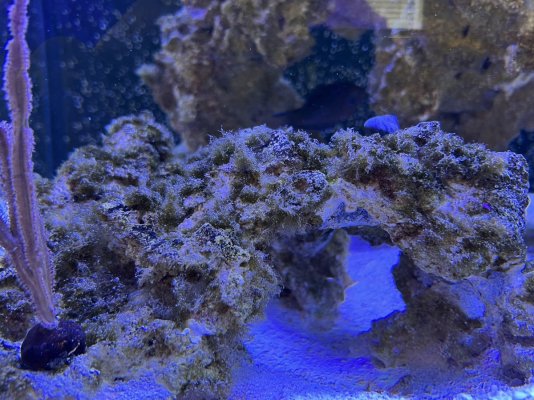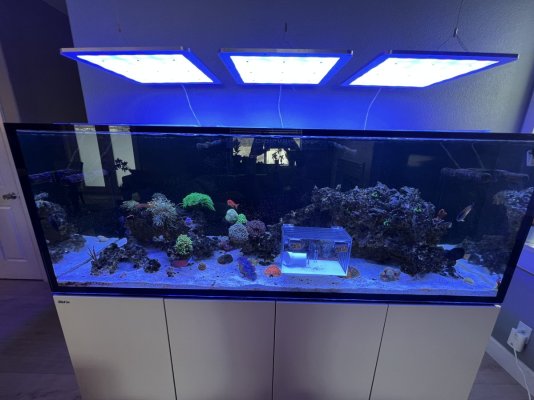We have a 225g mixed reef with a moderate presence of some sort of GHA-type algae. My wife and I tend to really like to unique reef oddities and recently learned about lettuce nudibranchs. We'd love to keep one (or more) to help control some of the algae and just be another neat thing to look at in the tank.
My questions:
My questions:
- How many can/should I have for a 225g? I'm not looking for them to eliminate the GHA, per se, so I don't need an army to wipe everything out. But we'd like to have more than 1 if we can.
- I know there is some risk of them getting into a pump/overflow. We have two Icecap 4K gyres in the display and our overflow has a lid on it and fairly narrow slits. Is this something we should be especially worried about?
- We have a few wrasses including a Radiant, Ornate Leopard, and Melanurus. Think these types of nudis are big enough to not be an immediate snack for the well-fed wrasses? FWIW, our Melanurus is blind in one eye (ha!)
- Anything else we should know about these guys?




















